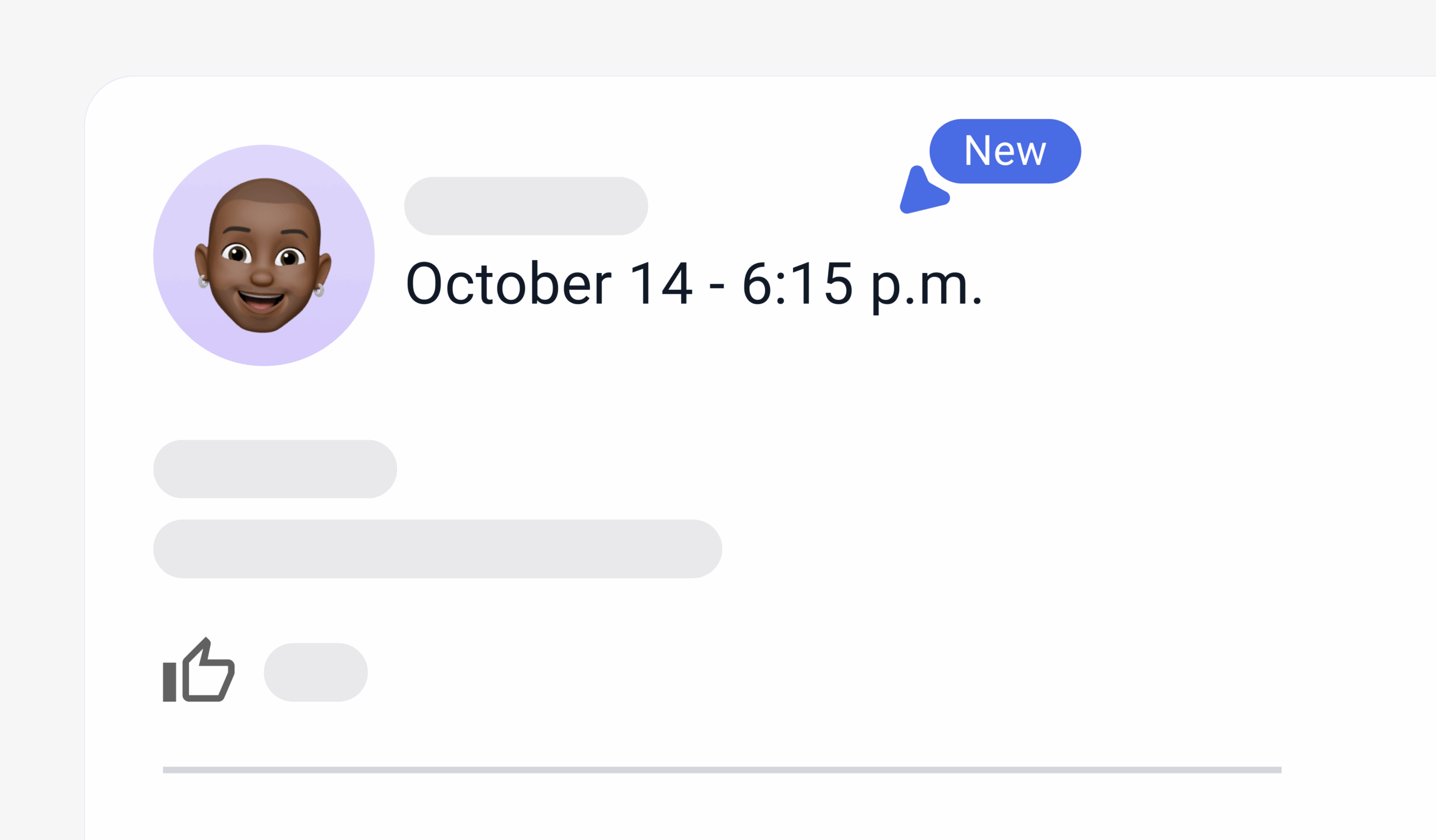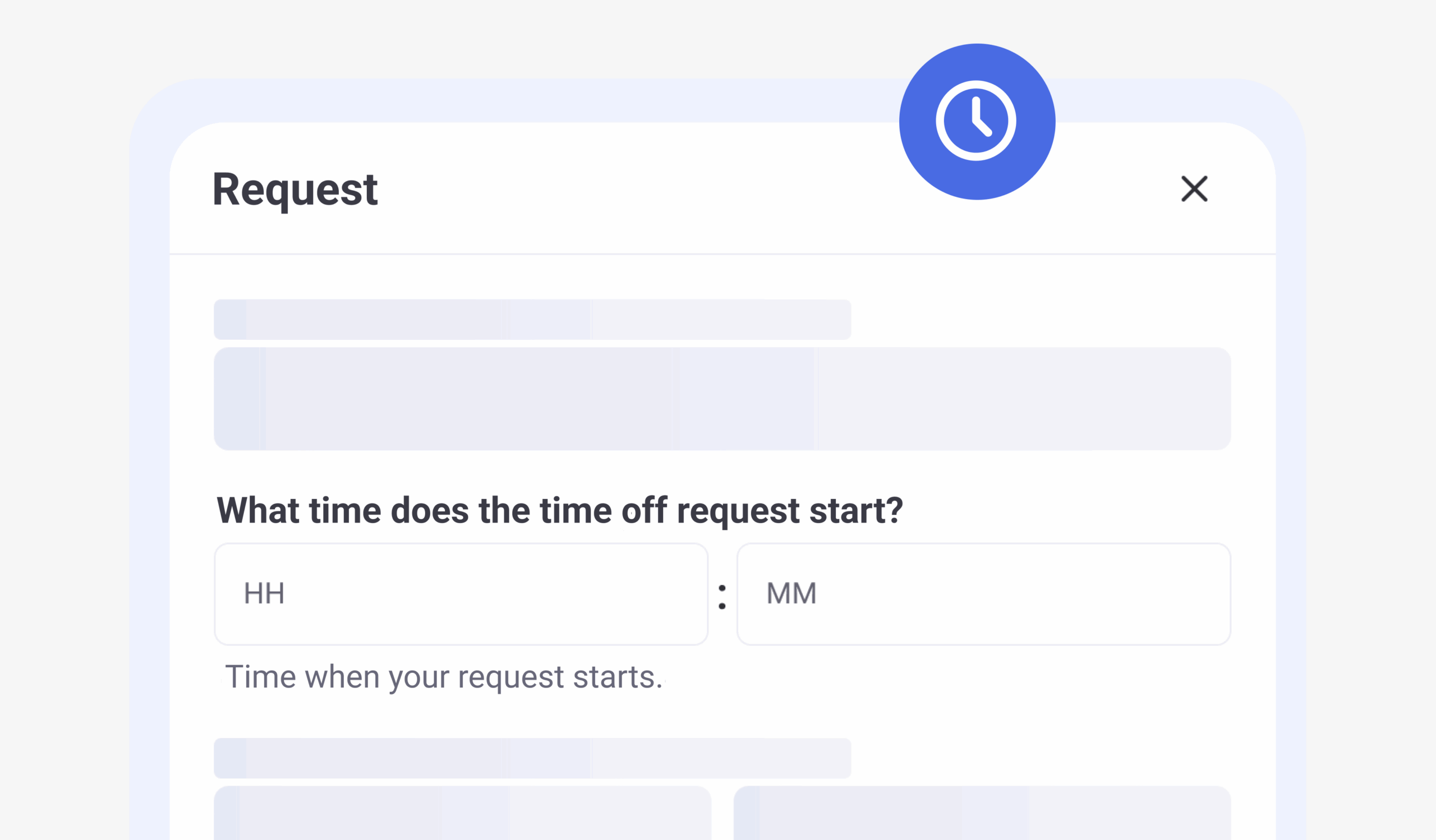Introduction
Imagine two employees—Alex and Jamie—both equally qualified and performing the same role. Yet, Alex receives a promotion while Jamie is overlooked. When Jamie inquires about the decision, the explanation is vague and inconsistent. This scenario might not just feel unfair; it could be an example of disparate treatment.
For HR professionals, understanding disparate treatment is not just about avoiding lawsuits—it’s about fostering a workplace that thrives on fairness, equity, and trust. In this article, we’ll break down the meaning of disparate treatment, why it matters, and how HR can prevent it. Whether you’re a seasoned HR leader or just starting out, these insights will help you ensure your organization operates fairly and complies with labor laws.
What Is Disparate Treatment?
Disparate treatment occurs when an employee is treated differently from others based on a protected characteristic, such as race, gender, religion, age, or disability. This type of discrimination is intentional and often stems from biases or unfair practices within an organization.
For example, if a qualified female employee is passed over for a promotion in favor of a less qualified male colleague solely due to her gender, this constitutes disparate treatment. Such actions violate U.S. labor laws, including Title VII of the Civil Rights Act of 1964, which protects employees from discrimination in the workplace.
Understanding disparate treatment is crucial because it goes beyond fairness—it’s about legal compliance and fostering a culture of equity. HR professionals must be vigilant to identify and address any instances of unfair treatment within their organizations.
Disparate Treatment vs. Disparate Impact
While disparate treatment focuses on intentional discrimination, disparate impact refers to policies or practices that appear neutral but disproportionately affect a particular group. Both are critical for HR professionals to understand, as they can lead to unintended consequences and legal risks.
Example of Disparate Treatment
Imagine a manager who denies a job applicant an opportunity simply because they belong to a specific ethnic group. This is a clear case of disparate treatment because the action is deliberate and based on bias.
Example of Disparate Impact
Now, consider a company that requires all employees to pass a physical fitness test. While this policy might seem fair, it could disproportionately exclude older applicants or individuals with disabilities, resulting in disparate impact.
Both scenarios can harm workplace equity, but disparate treatment is always intentional, whereas disparate impact may occur unintentionally. Understanding the difference helps HR professionals design policies that promote inclusivity and fairness.
Why Understanding Disparate Treatment Matters for HR
Disparate treatment isn’t just a legal concern—it’s a foundational issue that affects workplace culture, employee satisfaction, and organizational success. Here’s why HR professionals must prioritize addressing it:
1. Protecting Employee Morale
When employees perceive unfair treatment, it can lead to frustration, resentment, and disengagement. A workplace that tolerates disparate treatment fosters mistrust, making it harder to retain top talent and maintain a productive environment.
2. Avoiding Legal Risks
Violations of anti-discrimination laws can result in costly lawsuits, reputational damage, and regulatory penalties. HR professionals are responsible for ensuring compliance with laws like the Civil Rights Act and the Equal Pay Act to safeguard the organization.
3. Supporting DEI Initiatives
Diversity, Equity, and Inclusion (DEI) efforts are essential for building a competitive and innovative workplace. Disparate treatment directly undermines these initiatives, creating barriers to achieving true inclusivity. By addressing disparate treatment, HR can drive meaningful DEI progress.
To learn more about fostering DEI in the workplace, check out our guide on DEI Hiring: How HR Can Drive Diversity and Inclusion.
Real-Life Example of Disparate Treatment
Let’s consider a real-world scenario:
A sales team is evaluated for annual bonuses based on their performance metrics. Despite having the highest sales figures, an employee named Sarah is denied her bonus because her manager assumes she will soon leave the company to start a family. Instead, the bonus is awarded to a male colleague with lower sales performance.
What Went Wrong?
- The manager made an assumption based on Sarah’s gender, which constitutes disparate treatment.
- There was no objective justification for the decision, leading to perceived and actual bias.
How HR Could Address This
- Training: Educate managers on implicit bias and the importance of objective decision-making.
- Transparency: Implement a clear bonus evaluation process to ensure fairness.
- Technology: Use tools like Humand to track performance metrics and remove subjectivity from evaluations.
How HR Can Prevent Disparate Treatment
HR professionals play a vital role in creating workplaces where fairness and equity thrive. Preventing disparate treatment requires a proactive approach, combining clear policies, effective training, and the right technology. Here’s how to get started:
1. Establish Clear Anti-Discrimination Policies
Create comprehensive policies that outline what constitutes disparate treatment and the consequences for engaging in such behavior. Ensure these policies are well-communicated and accessible to all employees.
2. Train Managers and Employees
Regular training on recognizing and addressing implicit biases is essential. Equip managers with tools to make objective, data-driven decisions and ensure employees know their rights.
3. Foster Transparency in Decision-Making
Whether it’s hiring, promotions, or performance reviews, ensure processes are transparent and based on measurable criteria. Document decisions thoroughly to provide accountability.
4. Leverage Technology to Promote Fairness
Digital tools can help minimize bias and streamline HR processes:
- Data-Driven Insights: Use analytics to track patterns in hiring, promotions, and terminations to identify potential disparities.
- Automated Workflows: Platforms like Humand simplify processes and ensure consistent treatment of employees, regardless of their location or role.
The Legal Side of Adverse Treatment
Disparate treatment is closely tied to the concept of adverse treatment, where employees face unfavorable actions due to protected characteristics. HR professionals must understand these legal nuances to ensure compliance and protect their organizations.
Key Legal Considerations
- Title VII of the Civil Rights Act prohibits discrimination based on race, color, religion, sex, or national origin.
- The Age Discrimination in Employment Act (ADEA) protects workers over 40 from unfair treatment.
- The Americans with Disabilities Act (ADA) ensures equal opportunities for individuals with disabilities.
Famous Legal Cases
Cases like Griggs v. Duke Power Co. have shaped the legal landscape, emphasizing the importance of fair treatment and nondiscriminatory practices. Staying informed about such precedents can guide HR strategies.
For more legal insights, refer to this comprehensive guide on disparate treatment.
Conclusion
Disparate treatment is more than just a legal concept—it’s a critical issue that influences workplace fairness, employee trust, and organizational success. By understanding its definition, distinguishing it from disparate impact, and implementing proactive measures, HR professionals can create an equitable and thriving workplace.
Fairness isn’t just a checkbox—it’s the foundation of a healthy work culture. Take the first step by ensuring your policies, processes, and technology align with this principle. For more strategies on fostering equity and inclusion, explore our guide on DEI Hiring.







